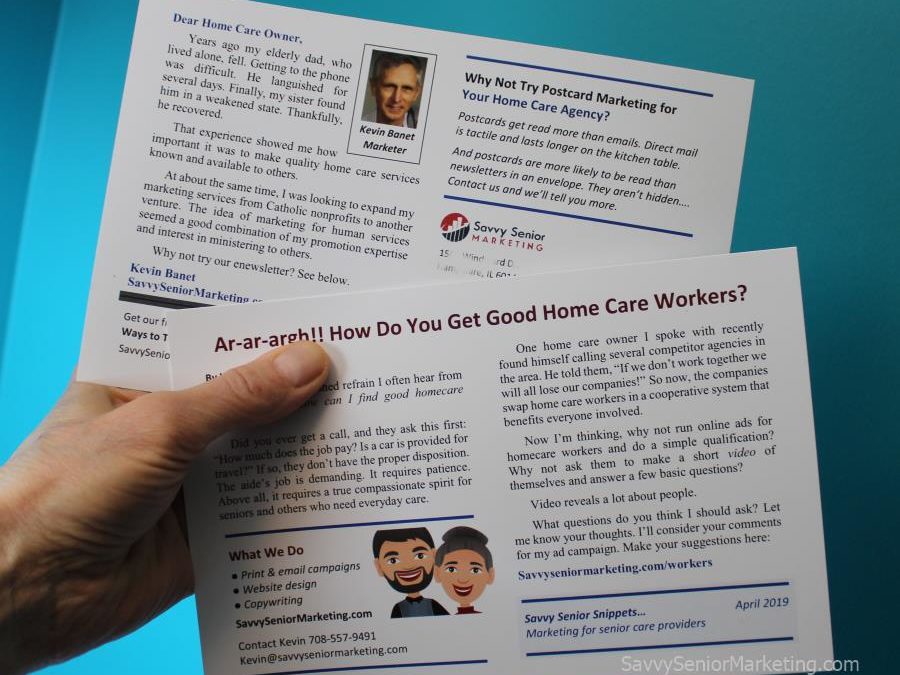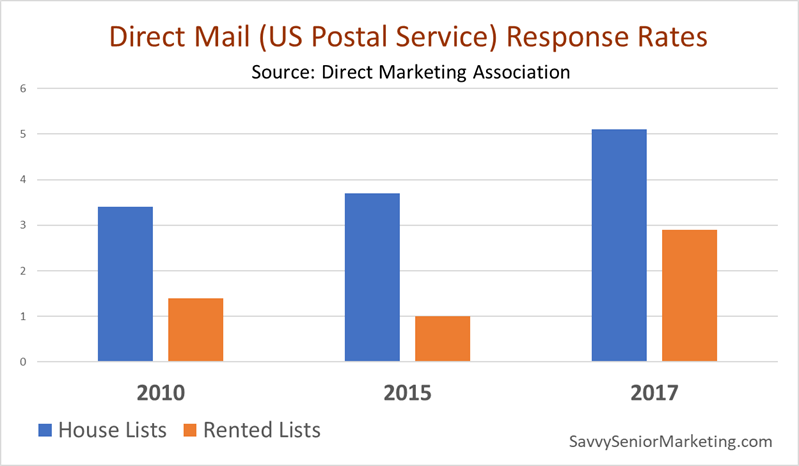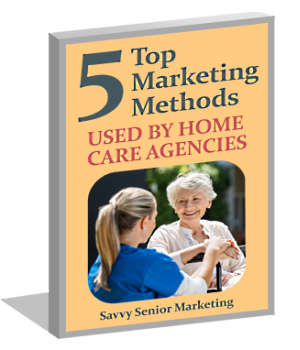Postcards are more immediate and longer-lasting than emails. And your message is seen by every recipient.
Veteran of printed promotion sees a growing potential in this medium
Has internet marketing made traditional mail obsolete? Not hardly.
Marketing that is mailed to your home or business is making a comeback.
The well-known copywriter Robert W. Bly has just come out with a new book, The Direct Mail Revolution: How to Create Profitable Direct Mail Campaigns in a Digital World. If you recall, Bob was the person who called me one evening after I sent him an email in response to his enewsletter. (See my post, “The day I got a call from Harrison For– er, Bob Bly.”)
Response rates for regular mail advertisements have grown to 5.1% for house lists, and 2.9% for rented lists.
In his book, Bly says,
Did you know that direct-mail response rates took a tremendous leap in 2017? Response rates of direct mail have increased since 2010, according to the Direct Marketing Association (DMA). According to the DMA’s “Response Rate Report,” direct mail offered a 5.1 percent response to house lists (the marketer’s customers and prospects) and a 2.9 percent response to rented lists across all direct mail formats.
Response rate is measured by those who call, email or otherwise ask about or purchase the postcard’s offer. Why has it increased in recent years? Has the advertising been more clever, more engaging? Probably not, I would guess. Bly says that the quality of direct mailpieces, in fact, has decreased in recent years. Therefore, he argues, it must be that people are tired of all the email and spam they are getting, and have become more responsive to the very tactile and immediate medium of direct mail.
Entrepreneur Press, which published the book, included an excerpt of the book’s chapter on postcards on its website. Postcards seem to have entered center stage in the world of direct mail, I think. The magazine’s article is “How This Direct-Mail Piece Packs a Small but Powerful Punch,” and then has a subtitle, “Postcards can’t hold much copy but when done right, you’ll see your business grow.”
The article notes these benefits of postcards:
- The product is familiar to the reader or simple and easy to explain.
- The marketing objective is to generate a lead or inquiry rather than to generate orders accompanied by checks and credit card payments.
- The offer features a premium or other free item the prospect can send for, such as a demo disk, CD, catalog, or brochure.
- The primary response mechanism is a phone call via a toll-free number or a URL for a landing page that gives the prospect more detailed information on the product or offer.
Postcards have a marketing kick
The big email giants – Marketo, Hubspot, Mailchimp, etc. – now offer postcard campaigns for your clients. They can sometimes even find street addresses for your cards by tapping into the big data lists.
We’re not saying you should end your email campaigns. Emails are still read by many people. And of course they cost almost nothing. The content can be repurposed into blog articles, printed newsletter, or postcard campaigns. So nothing is wasted.
We have recently launched our own postcard campaign. Every month we will feature some way to help home and hospice care marketers improve their promotion. In the current month’s issue, we talk about how to get good home care workers. There is also an invitation to complete a one-question survey that asks for suggestions on what we should ask caregiver applicants.
Why not add your own thoughts to the survey? Just click on SavvySeniorMarketing.com/workers.
Would you like to enjoy greater returns on retaining your current clients, and gain new ones with postcard marketing? We at Savvy Senior Marketing can put together a postcard campaign with the lowest postage cost available. We can send it to your mailing list, or send out an Every Door Direct mailing of the U.S. Postal Service.
If you’d like to get on the list for our free postcard newsletter and see what it’s all about, simply sign up here and give your street address.



